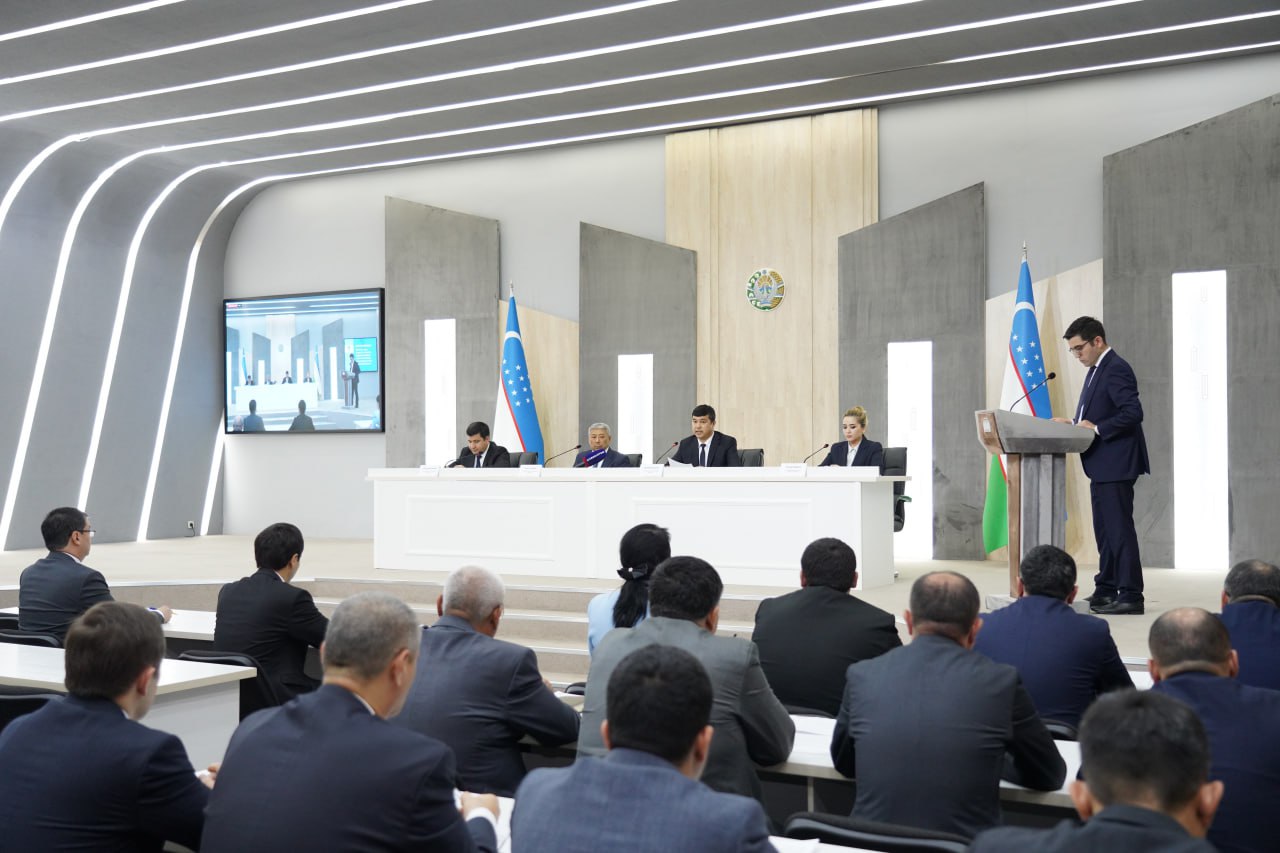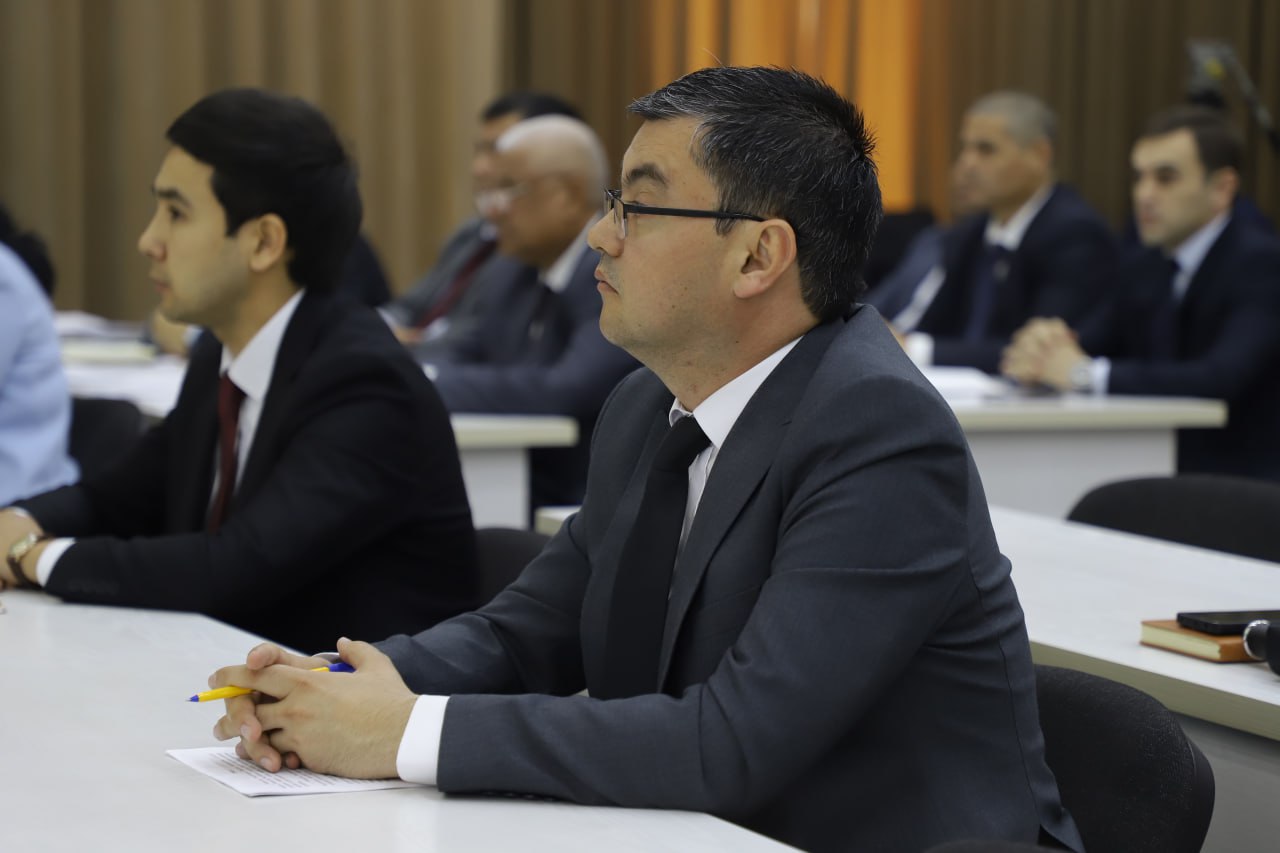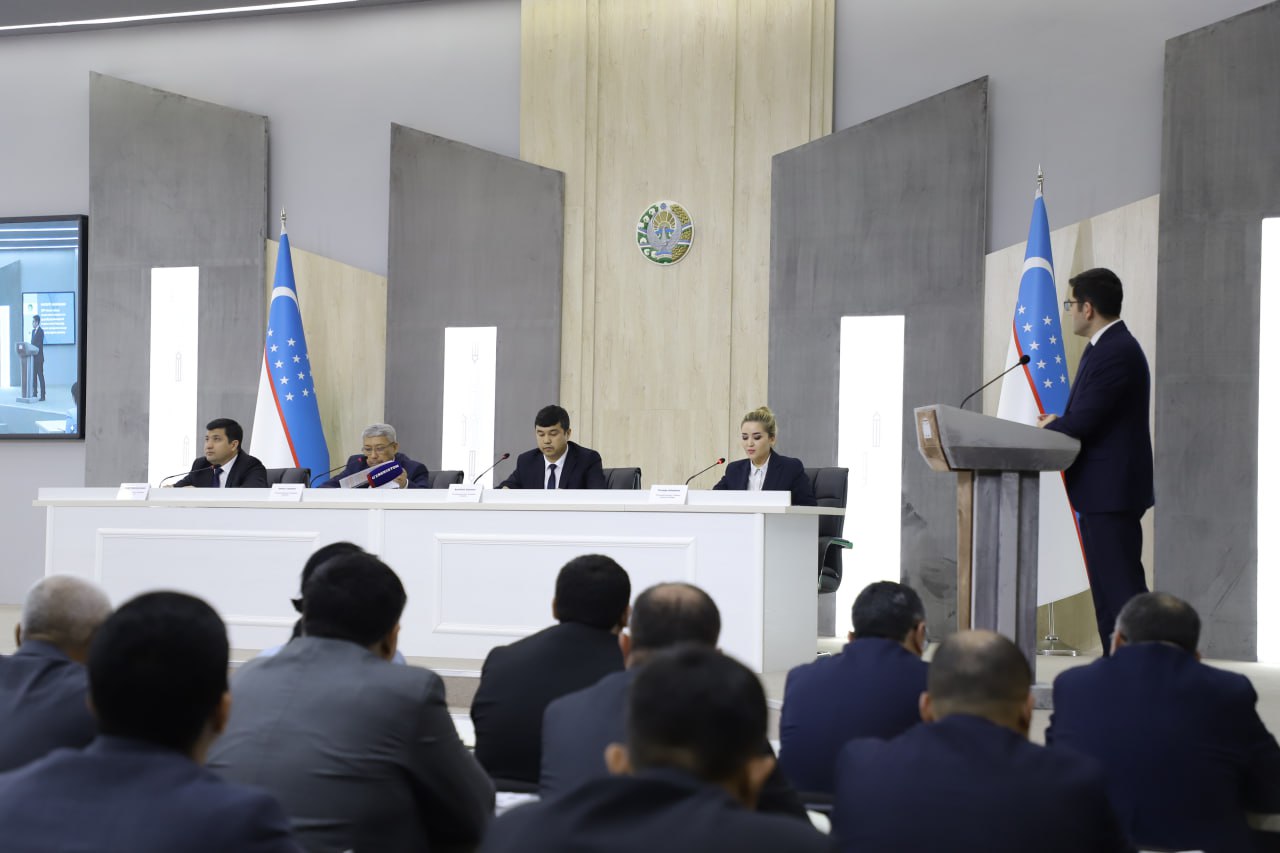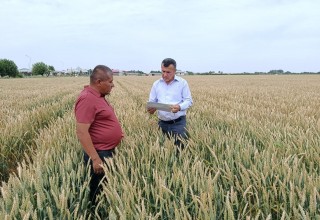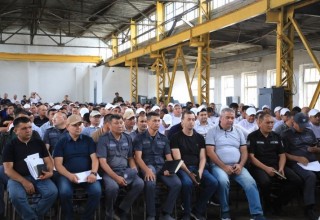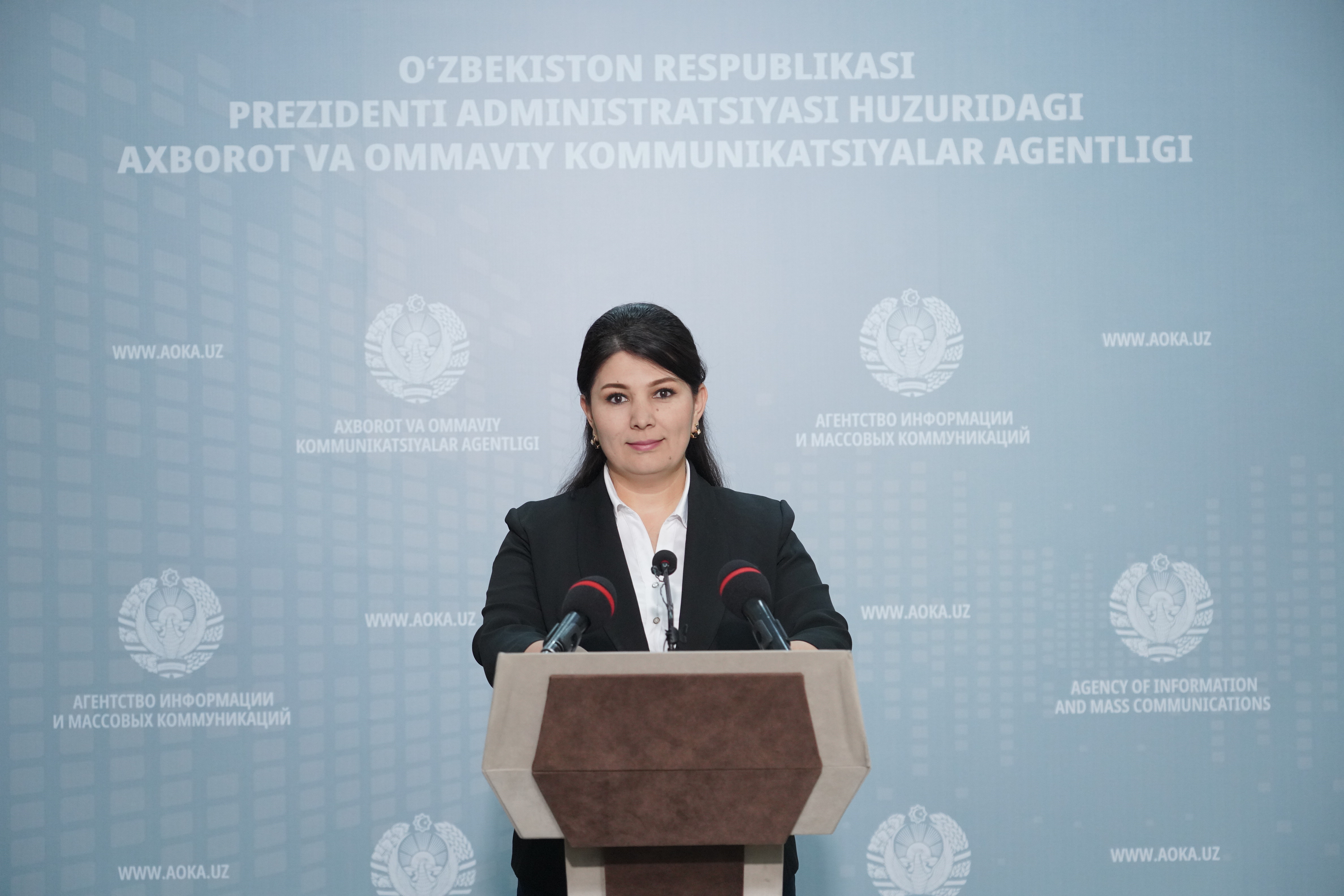The unified information system “Uzagroin.uz”, containing 10 modules, was developed by the “Uzagroinspectorate”.
Information about this was given at a press conference held at AOKA with the participation of the leadership of Uzagroinspectorate.
During the reporting period, individuals and legal entities received 973 appeals through the Inspectorate’s hotline and other networks, the number of appeals considered by the Inspectorate was 748, of which the Inspectorate satisfied 251 appeals, and provided clarifications for 487. 172 of them were sent to other organizations as needed
Also, representatives of 40 thousand 230 individuals and legal entities were received at on-site receptions and meetings held with the aim of studying and solving problems related to the sphere through direct communication, and their problems were resolved within the limits of authority.
The inspectorate for control of the agro-industrial complex also carried out significant work in the field of digitalization. In particular, a unified information system “Uzagroin.uz” was developed, containing 10 modules, paper reporting was stopped, and information about activities was entered in electronic form.
Also, individuals and legal entities are given the opportunity to use 6 types of government services provided by Uzagroinspectorate through the Unified Portal of Interactive Government Services. Currently, the information system is integrated into the information system of 14 ministerial offices, and electronic responses to technical information and other requests have been launched. Brief information about this was given above.
In order to digitalize the activities of the state institution "Center for Assessing the Quality of Agricultural Products", reduce the human factor in the provision of public services, prevent unnecessary distractions and corruption situations, an online platform under the domain "agrosert" was launched. .uz" Inspectorate for control of the agro-industrial complex of the Ministry of Agriculture. Planned for release.
Through this system, online services for certification of agricultural seeds, grain and its products, as well as cotton products will be provided.
“Uzagroinspectorate” not only monitors the implementation of state policy in the field of genetic purity of crop varieties and seed quality in the republic, but also carries out seed certification activities in accordance with the scope of accreditation, determining the quality of seeds and seedlings.
In addition, Uzagroinspectorate has set itself the important task of studying the presence of genetically modified organisms (GMOs) in seeds coming to our republic from abroad.
Currently, a laboratory with modern conditions has been created at the Uzagroinspectorate; modern measuring instruments and testing instruments have been purchased to bring it into compliance with the requirements of international standards and transfer it for accreditation at the expense of the Uzagroinspectorate. Using grant funds allocated by the World Bank in the amount of US$6 million, a full range of equipment work was completed.
At the initiative of the Uzagroinspectorate, work is being carried out in cooperation with a number of foreign countries developed in the field of seed production, and as a result of the measures taken, Uzbekistan has been accepted as a member of the International Seed Testing Organization. The Association - (ISTA) and the laboratory are preparing for accreditation according to the international rules of ISTA.
To increase the legal literacy of business entities and the population, more than 4,000 propaganda events were held, of which about 2,000 were appearances in the media. A press tour was organized 27 times in regional departments, 8 times a briefing and press conference were organized by the central office. In particular, for 2023, information was provided 735 times through the official website and social networks of the Inspectorate, and about 1,600 information was published in other online publications.
More than 400 media products and articles were brought to public attention through television broadcasts, radio broadcasts and national publications.


